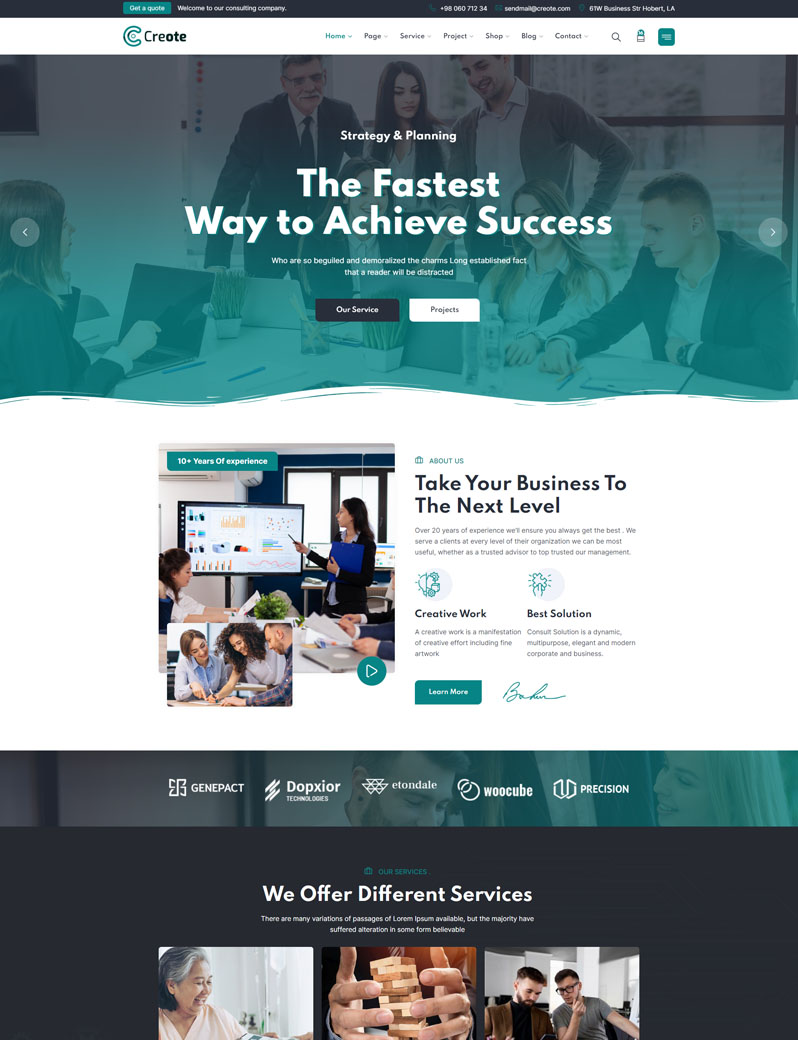How to Use Your NDIS Funding: 7 Practical Tips for Participants
The National Disability Insurance Scheme (NDIS) is designed to empower people with disabilities to live more independent and fulfilling lives. But to make the most of your NDIS plan, you need a clear strategy.
At Bright Lilly Healthcare, we specialise in helping participants just like you manage their funds, select the right supports, and reach personal goals without stress. In this guide, you’ll learn how to use your NDIS funding effectively with simple, actionable advice. If you’re new to the NDIS and not sure where to start, check out our step-by-step guide on how to apply for NDIS to get clear on the process before managing your funding.
What Are the NDIS Funding Categories?
| Category | What It Covers | Examples |
|---|
| Core Supports | Daily living activities, transport, community participation | Personal care, meal prep, transport |
| Capacity Building | Long-term development and independence | Therapy, job skills training, social work |
| Capital Supports | Investments in equipment or home modifications | Wheelchairs, ramps, assistive tech |
Understanding these categories is the first step in using your NDIS plan effectively.
1. Set Clear Personal Goals
Your plan should reflect your ambitions. Whether it’s learning to cook, finding employment, or improving mobility—make sure your goals are:
- Specific (e.g., “learn to use public transport”)
- Measurable (progress can be tracked)
- Realistic (within scope of funding and timeframe)
These goals determine what services and supports are considered reasonable.
2. Track Your Budget and Spending
Keeping a clear record helps you avoid overspending or under-using your funds.
| Tracking Tool | Description | Where to Get It |
| NDIS myplace Portal | Official online dashboard for all plans | NDIS Website |
| Budgeting Sheet | Custom Excel or Google Sheet | Ask our team for a free copy! |
| Plan Manager Reports | Monthly statements via your plan manager | Bright Lilly Plan Support |
3. Combine Supports for Maximum Value
Some supports fall into more than one category. Example:
- A group outing may support social skills and emotional well-being
- Cooking classes could improve independence and health
By thinking strategically, you can get more outcomes from each dollar.
4. Be Proactive Before Your Plan Review
Plan reviews are your chance to request more support or funding. Start preparing at least 2 months before your review by:
- Writing down which supports helped
- Listing any challenges or new goals
- Collecting reports or invoices as evidence
We guide all our clients through this process. Talk to our team if you’re unsure. Call 08 9526 8547
Stay Within Budget Using These Tips
| Tip | Why It Works |
| Set monthly spending limits | Avoid using all funds too quickly |
| Use free or low-cost community resources | Great for social engagement and value |
| Monitor funding regularly | Catch overspending or gaps early |
Looking for more NDIS budget tips? Our support team can help you set a custom plan.
6. Understand What’s Not Covered
Not everything is NDIS-approved. Here’s a quick reference:
| Not Funded Items | Reason |
| Everyday groceries | Considered general living expenses |
| Rent or utility bills | Not directly related to disability supports |
| Overseas travel | Unless pre-approved and goal-specific |
7. Get Help From Professionals
Don’t go it alone. Our expert support coordinators and plan managers help:
- Explain funding categories in plain English
- Recommend services that match your goals
- Ensure you get the most from your plan
Whether it’s personal care, respite care, or NDIS plan management, Bright Lilly Healthcare is here to help.
Ready to Get Started?
Maximise your NDIS plan today. Contact Bright Lilly Healthcare for a free consultation or visit our contact page to speak with a real person.
Let’s build your independence. Connect with Bright Lilly Healthcare on Facebook and LinkedIn to be the first to hear about our latest news, services, and inspiring stories. Join the journey!
 Demos
Demos  Colors
Colors  Docs
Docs  Support
Support 


























Registered NDIS Provider in Perth – Complete Guide to Disability Services
September 11, 2025[…] 👉 A strong plan starts with understanding your funding – learn more How to Use Your NDIS Funding […]